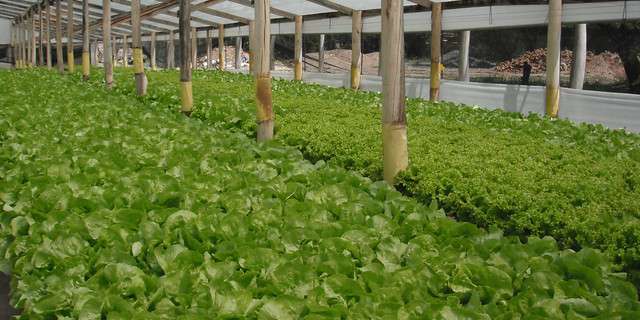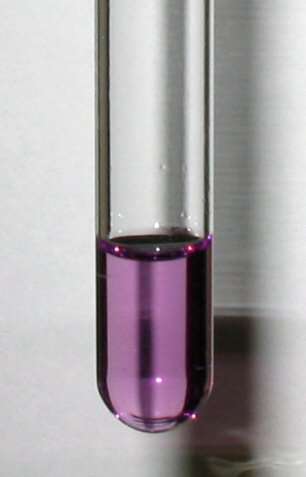
Agricultural sustainability relies on fertilizer quality and safety to maintain higher crop yields to meet the growing nutritional demands of an increasing population. Image Source: Flickr User Walmart
Fertilizer is important to the agricultural industry and to meeting the nutritional demands of a growing population. The composition of chemical and organic matters in fertilizers can vary significantly requiring analysis to maintain consistency and quality. Color technology plays an important part in the analysis of both mineral and organic fertilizer blends. Spectrophotometric determination of the many elements necessary for functionality, safety, and quality in fertilizers can be quantified according to both physical and chemical properties. The data this method offers is a valuable resource for the agricultural industry and aids in the overall effort towards a more sustainable farming market.



